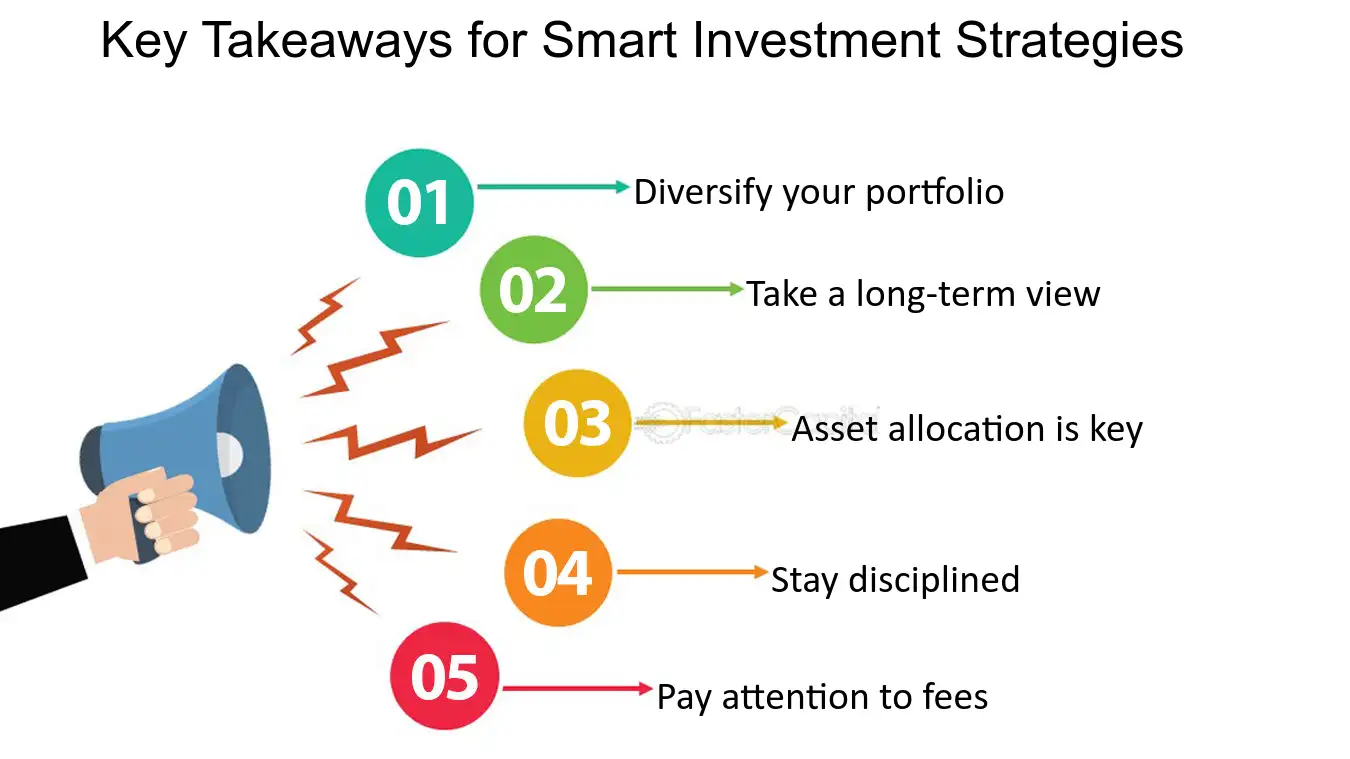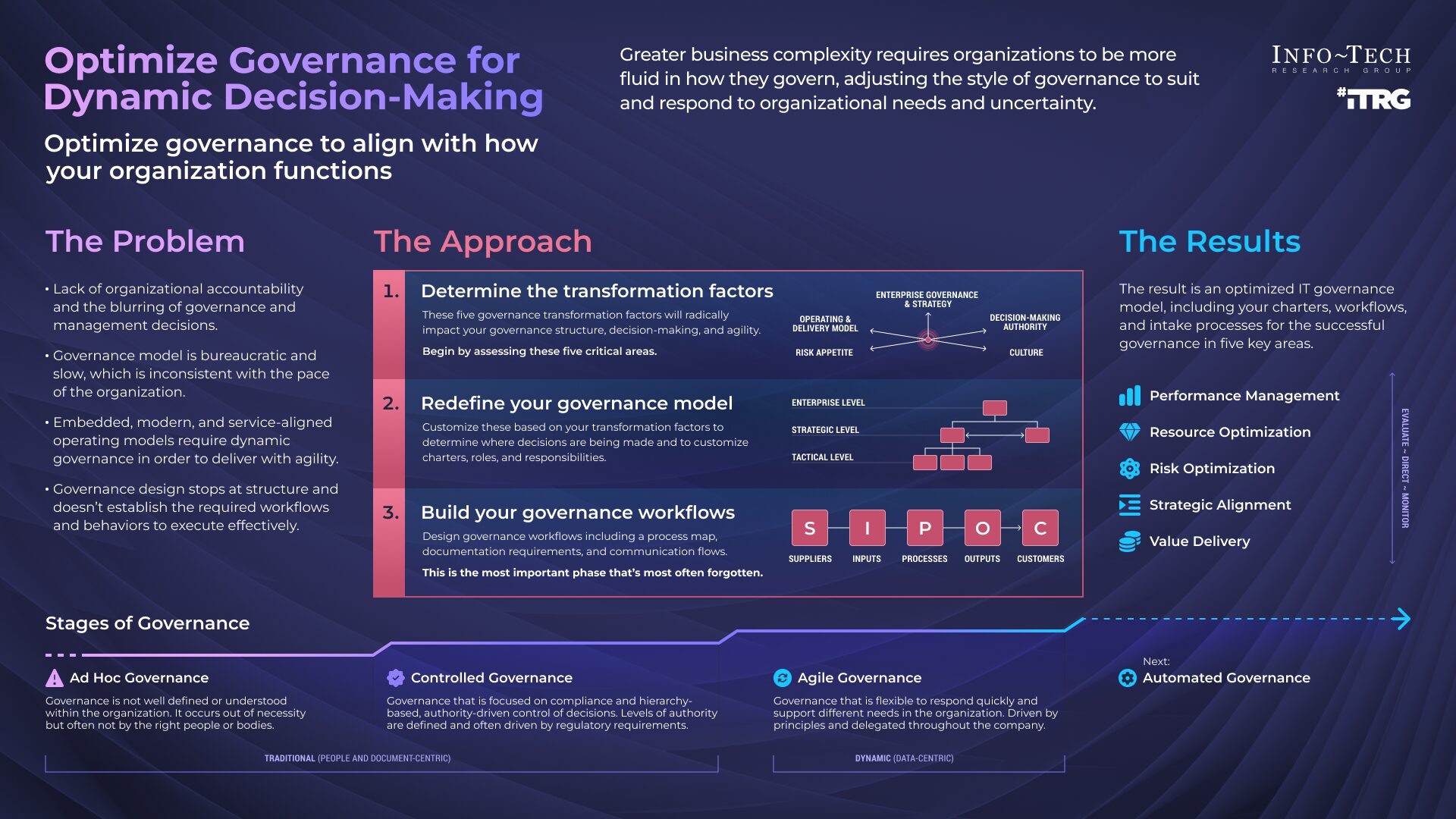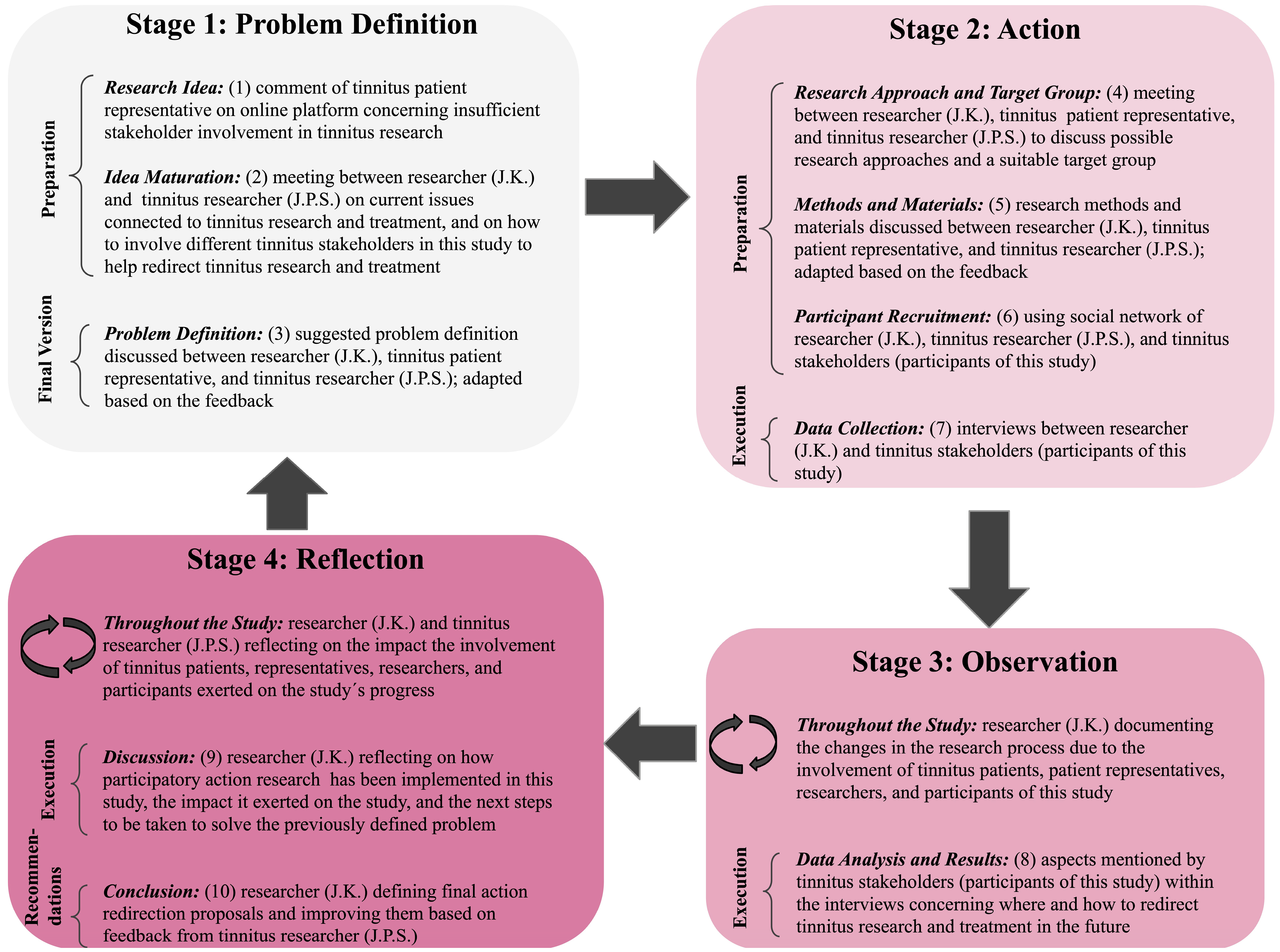Key Takeaways
- Endowment funds provide crucial long-term financial stability for tinnitus research, enabling scientists to pursue innovative treatments beyond short funding cycles.
- The American Tinnitus Association recently approved nearly $500,000 in new research funding, demonstrating how endowments can accelerate progress toward effective treatments.
- Brian Fargo’s $1 million challenge gift represents a new model of philanthropy that leverages matching funds to double research impact for tinnitus treatment development.
- With federal support for tinnitus research declining, strategic endowment management has become essential for sustaining progress toward treatments and potential cures.
- Properly structured endowments can balance immediate research needs with long-term financial sustainability, providing reliable funding for decades.
Tinnitus affects approximately 50 million Americans and hundreds of millions worldwide, yet research funding remains disproportionately small compared to its massive impact. The persistent ringing, buzzing, or hissing that characterizes this condition can severely diminish quality of life, affecting sleep, concentration, and mental health. Despite this widespread suffering, tinnitus research has historically struggled to secure consistent financial support, creating a critical gap between the scale of the problem and resources dedicated to solving it.
Why Tinnitus Research Needs Long-Term Funding Solutions
“The Hearing Review” from hearingreview.com and used with no modifications.
“tinnitus treatment …” from www.nature.com and used with no modifications.
The path from basic science to effective tinnitus treatments is neither short nor predictable. Breakthrough discoveries often emerge from sustained research efforts spanning decades, not months or years. Traditional grant cycles, typically lasting just 2-3 years, force researchers to constantly chase new funding rather than focusing on the consistent, methodical work needed for meaningful progress. This start-stop approach significantly hampers momentum in understanding tinnitus mechanisms and developing interventions.
Endowment funds offer a powerful solution to this fundamental challenge. By providing a permanent source of funding that generates annual income while preserving principal, endowments create the stability researchers need to pursue ambitious, long-term projects. “We can only fund what we receive—and every dollar entrusted to us drives forward research that offers real hope and real relief,” explains Patrick A. Lynch, CEO of the American Tinnitus Association, highlighting how critical sustainable funding models have become.
Perhaps most importantly, endowments allow researchers to take calculated risks that might not pay off immediately but could ultimately lead to transformative breakthroughs. When scientists know funding will continue regardless of short-term results, they can explore truly innovative approaches rather than pursuing only the safest, most incremental advances. This security nurtures the creative thinking and bold experimentation that complex conditions like tinnitus demand.
How Endowment Funds Work in Medical Research
“What is an endowment? | Northwell …” from give.northwell.edu and used with no modifications.
At their core, research endowments function as permanent investment portfolios whose earnings support scientific investigation while the principal remains untouched. This approach creates a perpetual funding source that can support research indefinitely. Most endowments operate on a spending policy that distributes 4-5% of their total value annually, balancing immediate research needs with long-term growth.
Structure of Research Endowments
Effective tinnitus research endowments typically feature a carefully designed three-part structure. First, a clearly defined purpose statement articulates exactly what aspects of tinnitus research the fund will support—whether basic science, clinical trials, specific treatment approaches, or comprehensive programs. This clarity ensures donor intent remains protected over decades.
Second, investment policies outline how assets will be managed to generate returns while preserving purchasing power against inflation. These policies typically specify asset allocation, risk parameters, and ethical investment considerations. For tinnitus research endowments, investment committees often include both financial experts and medical professionals who understand the field’s specific needs.
Third, distribution guidelines establish how funds will be allocated to researchers or programs. These guidelines might specify competitive grant processes, institutional partnerships, or dedicated research positions. The American Tinnitus Association exemplifies this approach, using endowment earnings to fund nearly $500,000 in new research through a rigorous selection process that identifies the most promising projects.
The most successful endowments maintain flexibility within this structure, allowing adaptation to emerging research priorities while honoring donor intent. This balance ensures funds remain relevant as tinnitus research evolves while providing the predictability researchers need.
Typical Endowment Structure for Tinnitus Research
Core Principal: Permanently invested assets (never spent)
Annual Distribution: 4-5% of total value
Governance: Scientific advisory committee + financial trustees
Time Horizon: Perpetual (infinite)
Flexibility: Adaptable to evolving research priorities while maintaining donor intent
The Difference Between Endowments and Regular Donations
While all philanthropic support advances tinnitus research, endowments and regular donations serve fundamentally different functions. Regular donations provide immediate capital that organizations like the American Tinnitus Association can deploy for current research needs, staff, and programs. These contributions fuel today’s progress but must be continuously renewed to sustain momentum.
The Gap Between Tinnitus Impact and Research Dollars
Despite affecting approximately 10-15% of the global population, tinnitus research receives disproportionately low funding compared to conditions with similar prevalence. While the condition impacts tens of millions in the U.S. alone, federal support for tinnitus research continues to decline, creating a critical funding gap that threatens progress toward effective treatments. This disparity is particularly troubling considering tinnitus’s profound effects on quality of life, with many sufferers experiencing depression, anxiety, sleep disruption, and reduced work productivity. For those seeking relief, cognitive behavioral therapy has shown promise in managing symptoms.
The economic burden of tinnitus extends far beyond individual suffering. Healthcare costs, lost productivity, and disability payments related to severe tinnitus collectively amount to billions annually, yet research investment remains minimal compared to this economic impact. Organizations like the American Tinnitus Association have stepped in to bridge this gap, but their resources—while significant—cannot match the scale of federal research programs that have deprioritized tinnitus. This growing disconnect between impact and investment makes endowment funds increasingly vital to maintaining research continuity and momentum.
Smart Investment Strategies for Research Endowments
“Smart Investment Strategies …” from fastercapital.com and used with no modifications.
The financial management of tinnitus research endowments requires sophisticated investment approaches that balance growth potential with income generation and risk management. Unlike general institutional endowments, medical research funds often require specialized strategies that accommodate both immediate funding needs and decades-long research timelines. The goal is not merely capital preservation but growing the endowment’s real purchasing power while providing reliable annual distributions to support ongoing research initiatives.
Successful tinnitus research endowments typically employ professional investment management with oversight from committees that include both financial experts and medical researchers. This collaborative approach ensures that investment decisions align with the specific needs of tinnitus research, including the flexibility to fund promising new directions as they emerge. The most effective endowments avoid overly conservative approaches that might preserve principal but fail to generate sufficient returns to support meaningful research progress. For instance, understanding how neuroplasticity impacts tinnitus can guide investments into innovative therapies.
Balancing Growth and Income
The most effective tinnitus research endowments maintain a careful balance between growth-oriented and income-producing assets. While equity investments provide the long-term growth necessary to expand research capabilities over time, fixed-income securities generate the predictable annual income that supports consistent research funding. This balanced approach typically includes a strategic asset allocation of 60-70% equities, 20-30% fixed income, and smaller allocations to alternative investments that can provide both diversification benefits and enhanced returns. Regular rebalancing ensures the endowment maintains its target allocation through market fluctuations, capturing growth opportunities while controlling risk. For more on managing tinnitus effectively, explore Progressive Tinnitus Management.
Sustainable Withdrawal Rates
Determining an appropriate spending policy represents one of the most critical decisions for tinnitus research endowments. Most established funds adopt annual distribution rates between 4-5% of the endowment’s average market value over multiple years (typically 12-20 quarters). This “smoothing” approach prevents dramatic fluctuations in research funding during market volatility while allowing the principal to grow over time. Lower distribution rates enhance long-term sustainability but reduce immediate research support, while higher rates boost current funding but risk diminishing future capabilities. The optimal rate must balance these competing priorities while accounting for the endowment’s specific investment returns, inflation expectations, and the research institution’s financial needs.
Diversification Approaches for Medical Research Funds
Beyond traditional asset allocation, sophisticated tinnitus research endowments implement multi-layered diversification strategies to enhance returns while controlling risk. This approach includes diversification across asset classes, geographies, sectors, investment styles, and time horizons. Many leading research endowments now incorporate impact investments that generate both financial returns and positive social outcomes, particularly in healthcare innovation. These diversification strategies help ensure that market fluctuations in any single area won’t significantly disrupt research funding, providing the stability that long-term tinnitus research requires to make consistent progress toward effective treatments and potential cures.
Governance Models That Maximize Research Impact
“Optimize IT Governance for Dynamic …” from www.infotech.com and used with no modifications.
The governance structure of a tinnitus research endowment plays a crucial role in translating financial resources into meaningful scientific progress. Effective governance balances fiduciary responsibility with scientific expertise, ensuring that funds support the most promising research while maintaining financial sustainability. The most successful models feature clear separation of duties between investment management and research direction, with specialized committees handling each function while maintaining regular communication to align financial capabilities with research priorities.
Scientific Advisory Committees and Their Role
At the heart of effective endowment governance are scientific advisory committees comprising leading researchers, clinicians, and patient advocates with deep expertise in tinnitus and related auditory disorders. These committees evaluate research proposals, identify promising directions, and recommend funding allocations based on scientific merit and alignment with the endowment’s mission. The committees also provide ongoing monitoring of funded projects, assessing progress and outcomes to inform future funding decisions. By bringing together diverse perspectives from across the tinnitus research community, these advisory bodies ensure that endowment resources support truly innovative work rather than simply funding established researchers or conventional approaches. For instance, understanding how neuroplasticity impacts tinnitus can be a promising direction for future research.
Transparent Decision-Making Frameworks
Successful tinnitus research endowments implement clear, documented decision-making processes that balance scientific judgment with objective evaluation criteria. These frameworks typically include scoring systems that assess research proposals based on scientific merit, innovation, investigator qualifications, feasibility, and potential impact on tinnitus treatment or prevention. Many endowments now incorporate patient perspectives in these evaluations, recognizing that those living with tinnitus offer valuable insights on research priorities.
Transparency extends beyond initial funding decisions to include regular reporting on research outcomes, financial performance, and administrative costs. Leading organizations like the American Tinnitus Association have adopted rigorous accountability standards, earning top ratings from charity evaluators while building donor confidence.
This commitment to transparency serves multiple purposes: it enhances accountability to donors, builds trust within the research community, and creates a feedback loop that continuously improves the endowment’s effectiveness. When researchers understand exactly how funding decisions are made, they can develop stronger proposals that align with the endowment’s priorities while pushing scientific boundaries.
- Clear documentation of evaluation criteria and scoring methods
- Regular publication of funding decisions and rationales
- Annual reports detailing research outcomes and financial performance
- Independent review of governance processes by external experts
- Mechanisms for researcher and patient feedback on processes
Balancing Quick Wins and Long-Term Breakthroughs
One of the most challenging governance tasks for tinnitus research endowments involves balancing investments in projects that may yield immediate benefits against those pursuing fundamental breakthroughs that might take decades to reach clinical application. Effective endowments typically adopt portfolio approaches that support both paths simultaneously, recognizing that progress often emerges from the interplay between applied and basic research.
This balanced portfolio might allocate approximately 60-70% of funding to medium-term projects with clear clinical applications within 3-7 years, 20-30% to high-risk, high-reward research pursuing novel mechanisms or approaches, and 10-15% to infrastructure development that benefits the entire research ecosystem. The $1 million challenge gift from Brian Fargo exemplifies this approach, supporting an innovative implantable device that builds on foundational research while moving toward practical clinical applications. For example, neuroplasticity research can provide insights into novel mechanisms for tinnitus treatment.
Leading endowments also implement stage-gated funding models that provide initial support for exploratory research with additional funding contingent on milestone achievement. This approach mitigates risk while ensuring promising directions receive the sustained support needed to reach clinical impact, creating pathways from basic science discoveries to treatments that improve patients’ lives. For instance, the Brian Fargo donation significantly advances research for tinnitus treatment, exemplifying how strategic funding can drive impactful scientific progress.
How to Start a Tinnitus Research Endowment
“🔬 Advancing Tinnitus Research: Call for …” from www.linkedin.com and used with no modifications.
Establishing a tinnitus research endowment begins with clearly defining its specific purpose and scope. Will it support broad tinnitus research, focus on particular approaches like neuromodulation or pharmaceutical interventions, or target specific patient populations? This foundational work should include consultation with tinnitus researchers, clinicians, and patient advocates to identify funding gaps and opportunities where an endowment could make the greatest impact. Once established, this purpose becomes the endowment’s guiding star, ensuring that even as scientific understanding evolves, the fund remains true to its founder’s intent while maintaining the flexibility to support the most promising research directions.
Minimum Funding Requirements
Establishing an effective tinnitus research endowment typically requires a minimum initial investment of $100,000 to $250,000 to generate meaningful annual research support. This threshold ensures the endowment can produce sufficient income to fund substantive research activities while covering essential administrative costs. Larger endowments starting at $1 million can support dedicated research positions or comprehensive programs, creating more significant and sustainable impact. Many institutions offer the option to build endowments over time through multi-year pledges, allowing donors to reach these thresholds gradually while beginning to support research immediately. For those interested in understanding different approaches to tinnitus management, progressive tinnitus management offers valuable insights.
Choosing the Right Institution or Organization
Selecting the optimal home for a tinnitus research endowment involves evaluating several key factors. First, consider the institution’s existing tinnitus research infrastructure, including specialized laboratories, equipment, and technical expertise. Organizations like the American Tinnitus Association offer established grant programs with rigorous scientific review processes that ensure funds support the most promising research. Academic medical centers with dedicated hearing research departments may provide synergies with related work in auditory neuroscience. The ideal partner will demonstrate transparent financial management, low administrative overhead, and a proven track record of translating research funding into meaningful scientific progress. Most importantly, they should share the donor’s vision for advancing tinnitus understanding and treatment.
Legal Considerations and Documentation
Properly documenting a tinnitus research endowment requires careful attention to legal details that protect both donor intent and long-term viability. The endowment agreement should clearly articulate the fund’s purpose, governance structure, investment policies, and distribution guidelines. This document must balance specificity about research focus with flexibility to adapt as scientific understanding evolves. Many donors include “variance power” provisions that allow reasonable modifications if the original purpose becomes impossible to fulfill due to scientific advances or institutional changes. Working with attorneys specializing in charitable giving ensures the endowment agreement includes appropriate tax provisions, successor arrangements if the original institution cannot continue the work, and metrics for evaluating performance. These legal foundations protect the endowment’s mission while providing accountability to donors and the tinnitus community.
The Future of Tinnitus Research Through Endowment Support
“Research to Redirect Tinnitus …” from www.mdpi.com and used with no modifications.
The coming decade holds unprecedented promise for tinnitus research, with endowment funds positioned to play a pivotal role in accelerating breakthroughs. As federal funding fluctuates and commercial interests focus on more immediate returns, endowments provide the stable, patient capital needed to pursue innovative approaches that might otherwise go unexplored. Recent advances in neuromodulation, pharmaceutical interventions, and targeted sound therapies have opened new research pathways that require sustained support to reach clinical application. The American Tinnitus Association’s recent $500,000 research investment and Brian Fargo’s $1 million challenge gift exemplify how strategic endowment funding can catalyze progress toward effective treatments and potential cures for the millions suffering from tinnitus worldwide.
- Emerging research directions requiring endowment support include personalized treatment approaches based on tinnitus subtypes
- Integration of artificial intelligence to identify patterns in treatment response
- Development of objective tinnitus measurement tools
- Novel drug delivery systems targeting specific auditory pathways
- Cross-disciplinary research connecting tinnitus with broader neurological understanding
Endowment-supported research centers are increasingly adopting collaborative models that break down traditional silos between academic institutions, pharmaceutical companies, and patient advocacy organizations. These partnerships leverage complementary strengths—combining academic innovation with commercial development capabilities and patient-centered perspectives. The most successful collaborations maintain independent scientific direction while creating pathways for promising discoveries to reach clinical application efficiently. As these models mature, they promise to accelerate the translation of basic science discoveries into treatments that improve quality of life for tinnitus sufferers.
Looking further ahead, endowments will likely play a crucial role in supporting the next generation of tinnitus researchers through dedicated fellowship programs, career development awards, and mentored research opportunities. This investment in human capital may ultimately prove as important as funding specific research projects, creating a pipeline of talented scientists committed to solving the complex puzzle of tinnitus. By providing this comprehensive support—spanning from basic science to clinical application and workforce development—endowments can help transform tinnitus from a poorly understood and often untreatable condition to one with effective, personalized interventions based on sound scientific understanding.
Frequently Asked Questions
As interest in supporting tinnitus research grows, potential donors frequently seek clarification about how endowments function and how they can maximize their impact. The following questions address common concerns about establishing and managing tinnitus research endowments, providing practical guidance for those considering this powerful form of philanthropic support.
What is the minimum amount needed to start a research endowment?
While minimum requirements vary by institution, most established research organizations require at least $100,000 to $250,000 to create a named endowment fund that can generate meaningful annual research support. At the standard 4-5% distribution rate, this creates $4,000-$12,500 in annual research funding. For donors unable to meet these thresholds immediately, many organizations offer “build-a-fund” options allowing contributors to reach minimum levels over multiple years while beginning to support research right away.
Donors should note that larger endowments ($1 million+) typically create more significant impact by supporting comprehensive research programs rather than individual projects. These larger funds can sustain dedicated research positions, specialized equipment acquisition, or multi-year clinical trials that smaller endowments cannot support independently.
Can donors specify which types of tinnitus research their endowment supports?
Yes, donors can designate specific research areas their endowment will support, though most institutions recommend balancing specificity with flexibility to maximize long-term impact. Common designations include support for particular research approaches (such as neuromodulation, pharmaceutical interventions, or sound therapies), specific tinnitus subtypes, or distinct phases of the research pipeline (from basic science to clinical trials). The most effective endowment agreements include provisions that allow adaptation as scientific understanding evolves while honoring the donor’s core intent, ensuring the fund remains relevant even as research directions shift over decades.
How are endowment funds protected from market downturns?
Well-managed tinnitus research endowments employ several strategies to protect research funding during market volatility. Most use “smoothing” policies that base annual distributions on average endowment values over multiple years (typically 12-20 quarters) rather than current market values, preventing dramatic funding fluctuations during downturns. Many also maintain reserve funds that can supplement distributions during extended market weakness, ensuring critical research continues uninterrupted. Additionally, sophisticated portfolio construction featuring diversification across asset classes, geographies, and investment styles helps minimize the impact of market corrections while positioning the endowment to recover value when markets rebound.
What percentage of an endowment typically goes to actual research versus administrative costs?
In well-managed tinnitus research endowments, typically 80-90% of annual distributions support direct research activities, with the remainder covering essential administration costs like scientific review, grant management, and compliance oversight. These proportions vary based on endowment size, with larger funds generally achieving greater efficiency through economies of scale. Organizations like the American Tinnitus Association, which recently earned a 4-star Charity Navigator rating, maintain particularly high efficiency ratios, directing approximately 85 cents of every dollar to research and patient support programs.
Prospective donors should review organizations’ financial statements and independent ratings when evaluating potential endowment partners. The most transparent institutions provide detailed breakdowns of how endowment distributions are allocated and maintain clear separation between research funding and general operations support.
How can smaller donors contribute to tinnitus research endowments?
Donors with more limited resources can still make meaningful contributions to tinnitus research through several accessible pathways. Many organizations maintain collective research endowments that pool smaller contributions to reach the scale needed for significant impact. These pooled funds often allow donors to designate gifts of any size toward specific research priorities while benefiting from professional management and scientific oversight. The American Tinnitus Association offers a research-designated fund that operates on endowment principles while accepting contributions starting at just $50.
Another effective approach involves contributing to existing endowments through matching gift campaigns, like Brian Fargo’s $1 million challenge that doubles the impact of each contribution. These campaigns leverage larger gifts to multiply the effect of smaller donations while creating immediate research support. Additionally, planned giving options like bequests, charitable gift annuities, and retirement plan designations allow donors to make future endowment contributions that may exceed what they could give during their lifetimes.
For those unable to make financial contributions, participating in research studies, raising awareness about tinnitus, and advocating for increased public research funding all represent valuable ways to advance the field. Every contribution, regardless of size, helps build momentum toward effective treatments and potential cures for the millions suffering from tinnitus worldwide.





















